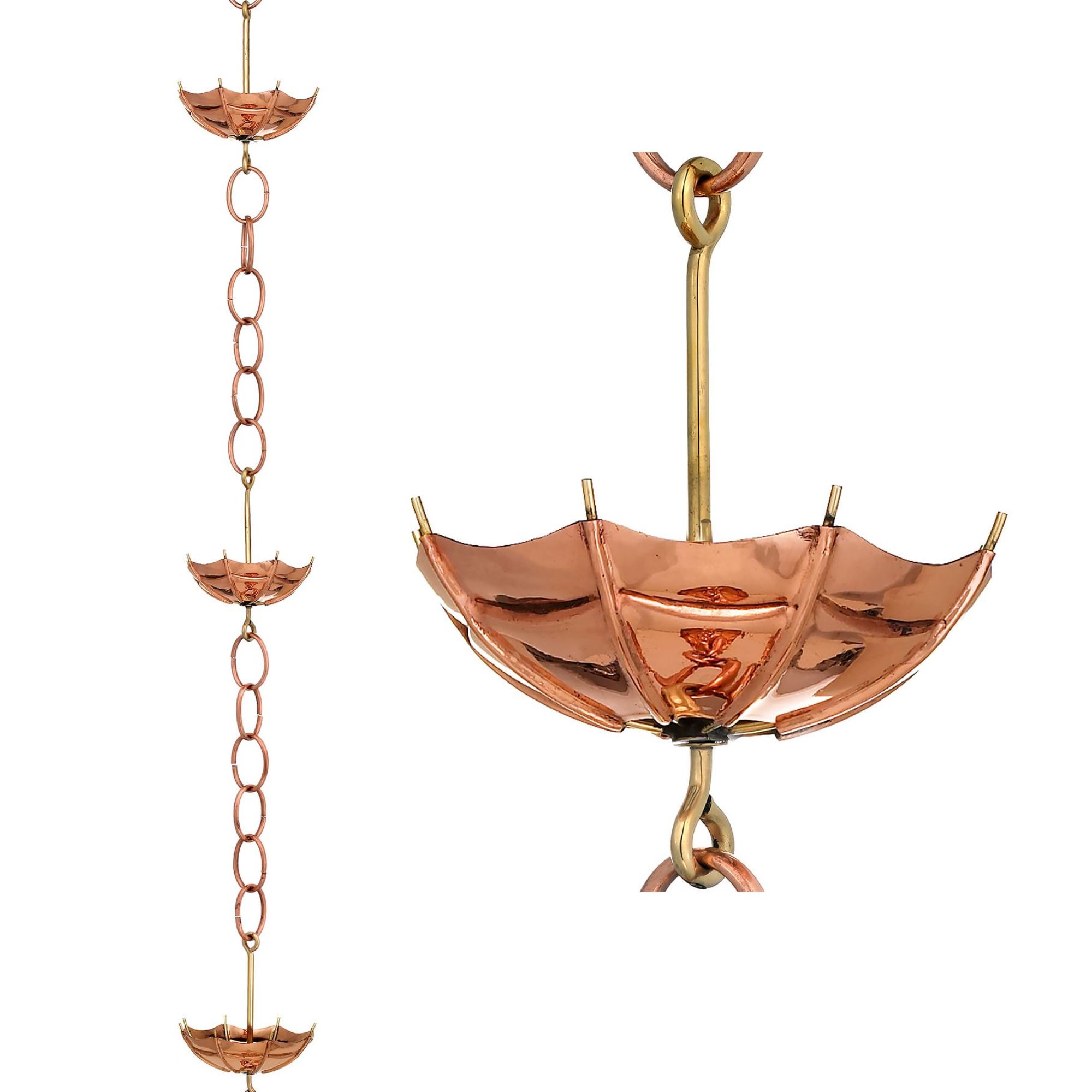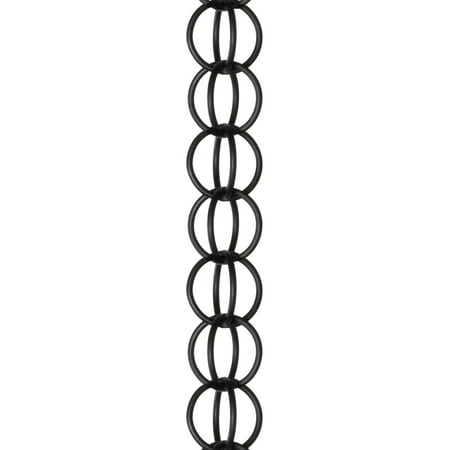Best places for a rain chain – experts reveal 4 perfect spots, and a certain spot you should never hang one
Garden experts and structural engineers reveal cleverest locations for a rain chain


Rain chains are the worst kept secret in garden design. These ingenious pieces of old Japanese tradition have been revitalized as a beautiful, earthquake-proof method of managing rainwater.
However, these chains can be a little tricky to install. You don't want to spend money and time removing your downspout only to realise that you've put the chain in the wrong area of the yard.
I spoke to gardening expert and structural engineers about the best places for these helpful structures, and they gave me the perfect locations - as well as the one place you should never put a rain chain.
1. Porch
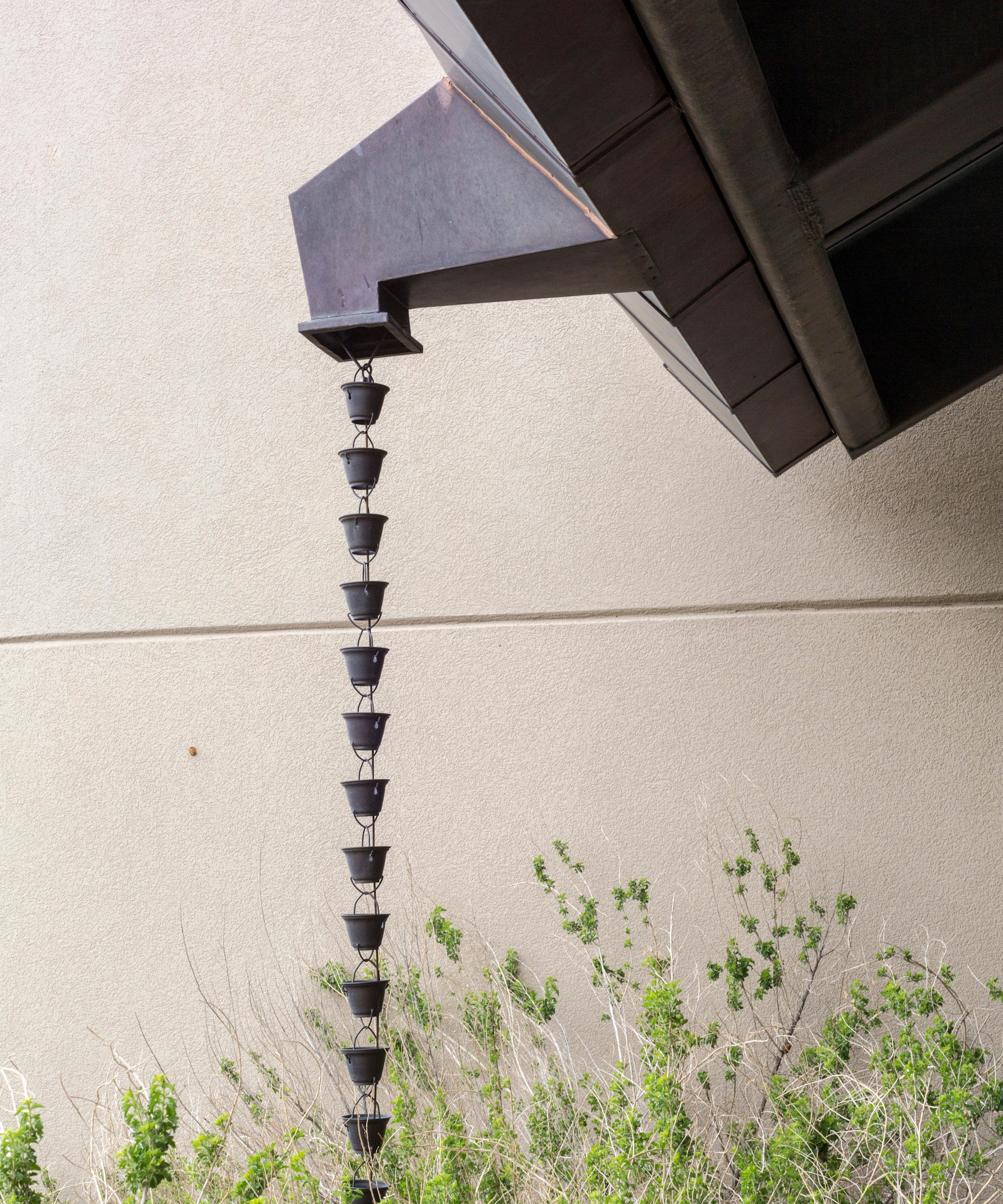
One of the best places to put a rain chain is on a front porch. Covered porches collect a lot of rain, and rain chains are a clever, earthquake-proof method of handling all that water.
On top of that, rain chains can hugely improve your home's curb appeal, swapping out ugly, functional plastic downspouts with a more intentional chain.
Gardening expert Ryan Farley told me that 'Rain chains can improve curb appeal, especially if you’re using a more decorative chain. With these types of decorative chains, they can provide a bit neater and nicer look for your front porch especially, and will create some visual interest for the front of your home.'

Ryan Farley is the CEO of LawnStarter, a lawn care service founded in 2013 and based in Austin, Texas.
2. Back patios
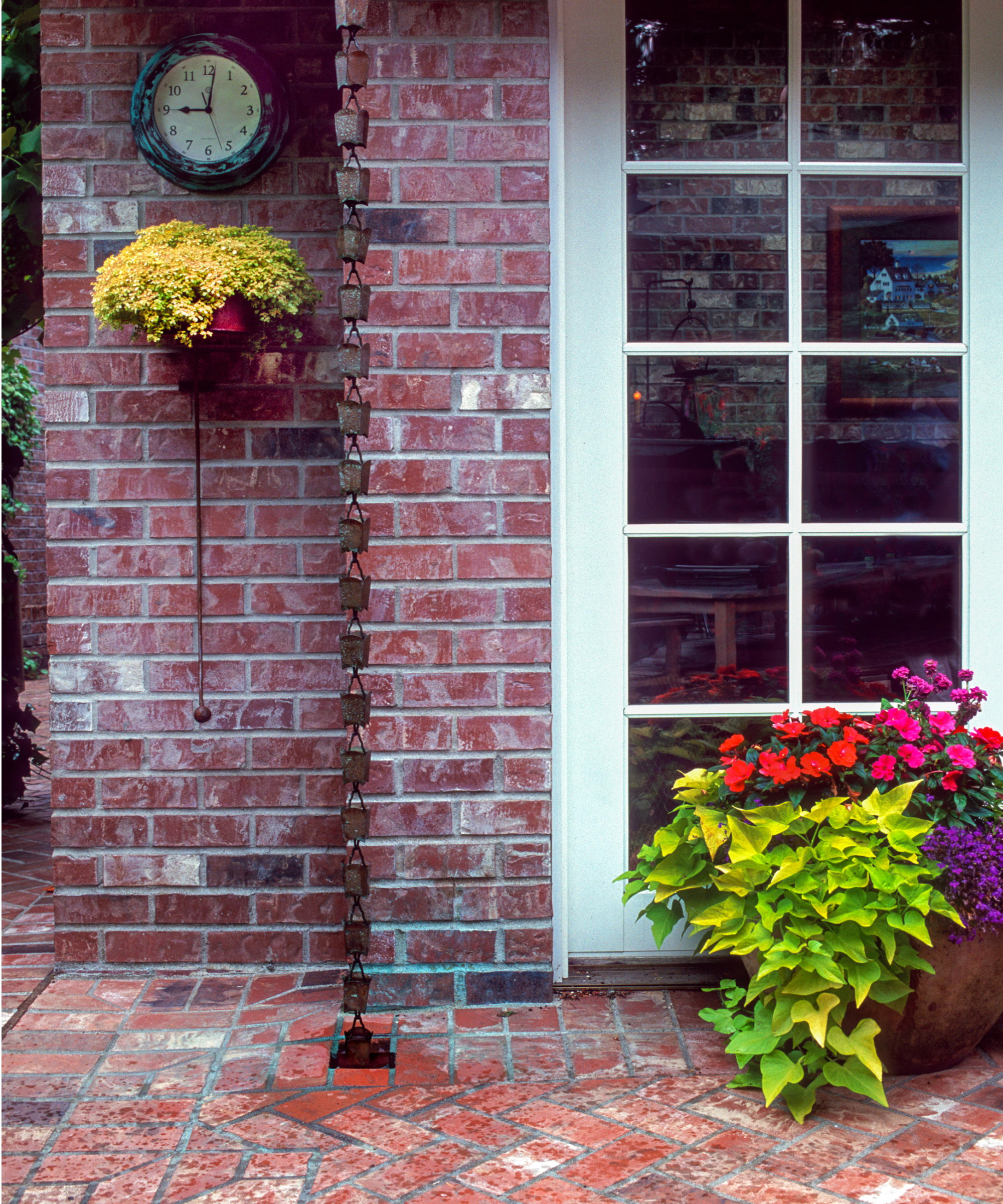
Plastic downspouts can totally ruin your backyard aesthetic. You can nail your lawn, planting, and patio, but the whole effect can be ruined by a white PVC pipe undercutting all your expensive, thoughtful features.
Design expertise in your inbox – from inspiring decorating ideas and beautiful celebrity homes to practical gardening advice and shopping round-ups.
Instead rain chain can be the final finishing touch for a backyard. There are so many different styles out there that can perfectly match to different patio aesthetics. Sleek, contemporary gardens will benefit from a minimalist black chain, and more boho spaces can use more ornamental chains shaped like lotus flowers or umbrellas.
The only thing to bear in mind here is that rain chains splash, so even if you have a good drainage system you might find water splashing onto the patio. This isn't an issue for hosting you won't be sitting outside if it's raining - but over time this splashback can wear away at stone and brick.
Home Inspector Mike Powell says 'All of the chains I have seen have a collection bin at the base. This deposits the water directly down from the discharge point. While this practice may be fine, fellow home inspectors cite discharge near the foundation as a defect. The water should be directed away from the foundation to ensure it cannot undermine the stability of the structure.'

Mike Powell is a professional structural engineer with over 20 years experience in the field. He uses his knowledge to help others protect their houses against adverse weather and damage and now trains others to help other inspectors make safe choices for their clients.
3. Greenhouse or shed

An underrated place for a rain chain is on a greenhouse or shed. These roofed structures see just as much rain as a porch or house, but they tend to be tucked out of the way under trees. This means that if they have gutters - which they should, to prevent water damage to the foundations - they are much more likely to clog with leaves. Rain chains, however, can't clog, so they're easy to clean and a good way of dealing with rainwater on these crucial structures.
This has the added benefit of beautifying these utilitarian structures. Greenhouses and sheds can appear a little functional, and boring plastic downspouts don't help the look. A good rain chain, however, adds interest to structures that are otherwise messing with your garden designs.
On top of that, greenhouses and sheds tend to be one of the best places for a rain barrel. These barrels make it easy to collect rainwater, and a greenhouse is the perfect place to keep one. It puts the barrel out of sight, and keeps your water storage near the greenhouse where it's needed. With rain chain from a greenhouse to a rain barrel you can combine the best of all of these structures for pretty, practical water collection.
Ryan Farley says 'A rain chain can help on just about any structure, whether that’s a garage, shed, etc. Just make sure the chain is directing rainwater to an area with proper drainage where it won’t puddle or pool around the foundation of the building in question.'
4. Garage
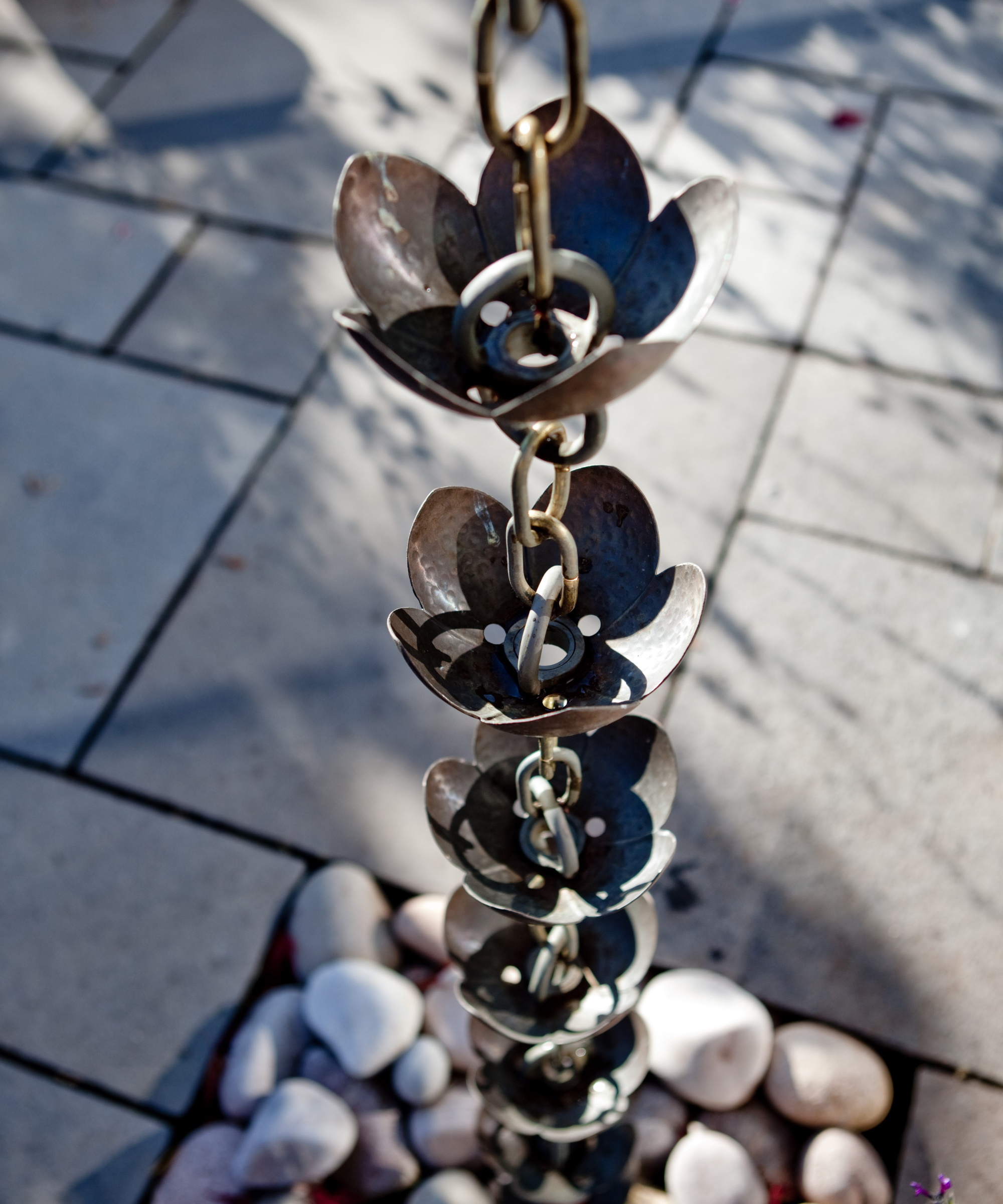
Just like greenhouses and sheds, garages can be a little functional. They're usually flat, uninteresting structures tacked onto the side of the house. They're incredibly useful, but they aren't always the best to look at.
A rain chain can change this, adding some visual interest that elevates a garage form a useful if boring add-on to a house to a more cohesive part of the overall look. Because garages are usually on the front of the house, this is another way of adding curb appeal.
5. Never install a rain chain underneath a bedroom
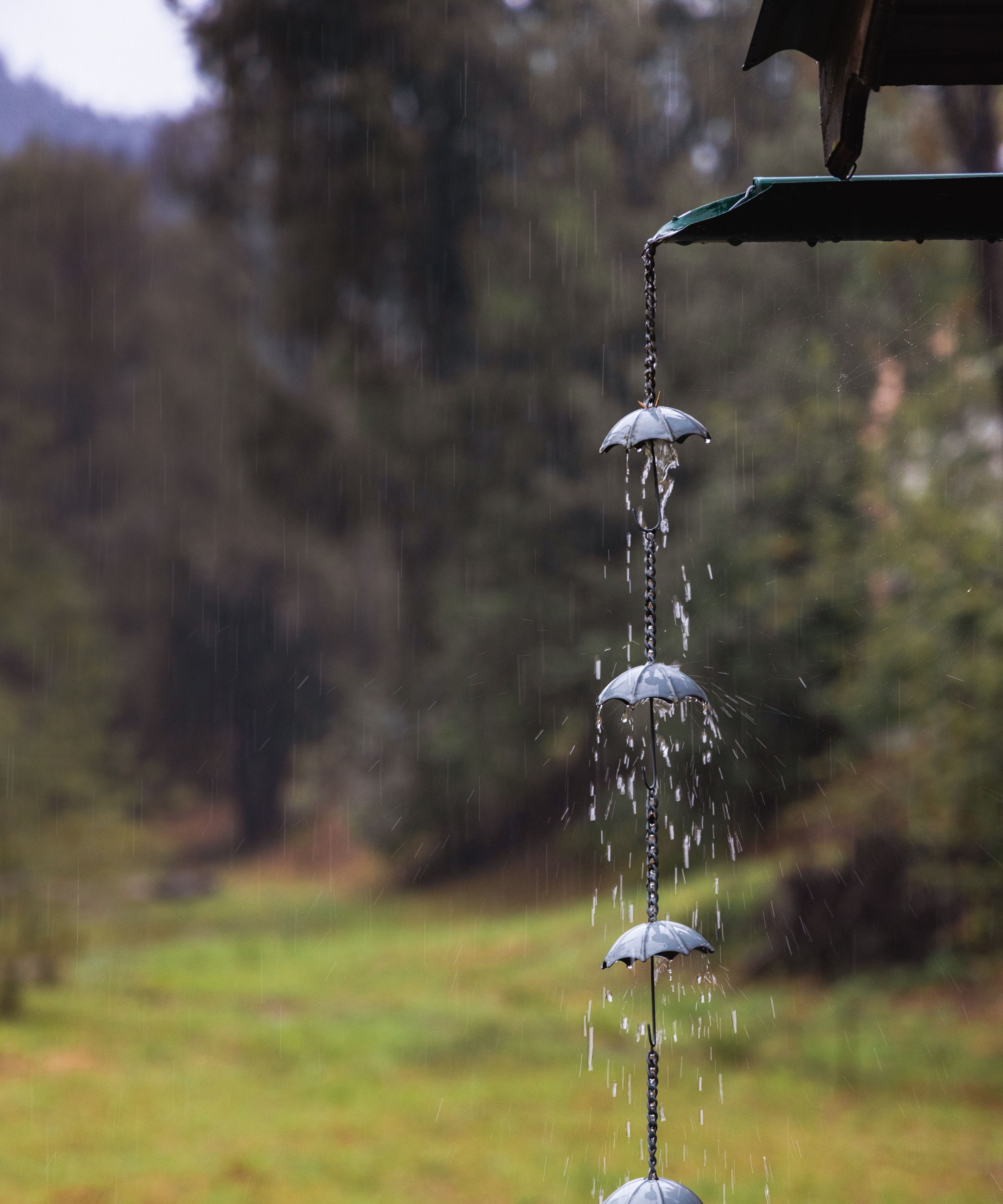
Finally, never hang a rain chain under a bedroom window. Rain chains can be surprisingly loud, and if you have single glazing, it can wake you up in the night. While some people find the sound relaxing while they try to sleep, others find it frustrating.
If your downspouts are underneath your bedroom and you have nowhere else to put the rain chain, you can still use a chain, but you need to swap materials. Metal rain chains made from copper or steel are the worst culprits for rain chain noise, but you can soften the noise by buying a plastic rain chain like this at Amazon. The trade-off is that it doesn't look as good as a metal rain chain, but it's much quieter.
While rain chains can be the perfect solution, they aren't for everyone. There are some avoidable rain chain mistakes to bear in mind as you buy, and some common rain chain problems to troubleshoot - they don't always work first right away.

As a gardens and lifestyle contributor, Alex makes sure readers find the right information to help them make the best purchase. Alex got his start in reviewing at the iconic Good Housekeeping Institute, testing a wide range of household products and appliances. He then moved to BBC Gardeners’ World Magazine, assessing gardening tools, machinery, and wildlife products.

